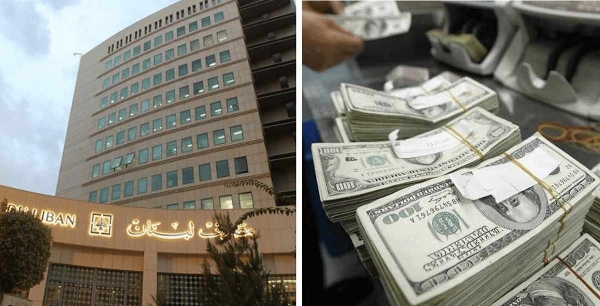The De-Baathification of Iraq
The original de-Baathification plans began under the Coalition Provisional Authority (CPA) when the Baath party was outlawed and its members banned from public jobs. The initial wave of dismissal saw 30,000 ex-Baath party members fired from ministries. Around half of them were able to return after an appeal. In November 2003, the CPA transferred this authority to the Iraqi governing council that had created the Higher National De-Baathification Committee (HNDC). Ahmad Chalabi, a prominent advocate of de-Baathification was the head of the governing council, and under his watch the scope of the policy was expanded to target even schoolteachers and technical staff. It is estimated that under Chalabi, the number of those expelled reached 100,000.
In 2004 the de-Baathification authority was handed to the Interim government. As the Iraqi security forces had become very weak, those ex-Baathists who were distant party members and were not charged of any crimes were allowed to return to work in the security forces. Initially, the policy did not differentiate between supporters of Saddam and supporters of the party, and many of those fired had not been involved in the party. The reversal of the policy by the interim government was seen as a way to bring Sunnis back into the political sphere. However, the policy was actively pursued again when the country’s first elections yielded a Shia majority.
The new officials, after having been separated from power for years under Saddam’s rule, continued purging the government of officials related to the Baath. It is during this phase that the sectarian aspect of the process took shape as a ruling Shi’ite coalition took measures against former Sunni officials. As the country was consumed with sectarian strife in 2006 and 2007, the government put a bigger effort into secluding Sunnis from the new political order. In 2008, the Justice and Accountability Law was passed to re-instate the policy, but with recognition of people’s right to appeal. As nominal Baathists started to demand re-integration into the system, the Justice and Accountability Law continued to grow as a tool of sectarianism.
What was seen as a means for ridding the country of a single-party dictatorship evolved into a revival of sectarianism. It alienated the Sunni population and made any ambition for a unified Iraq a far-fetched goal. In addition to that, it has stripped the country of an educated middle class after isolating academics, scientists and researchers from public posts and leaving them subject to assassinations and emigration.
Today, Sunni demonstrators have taken to the streets in a number of Iraqi cities and have been demanding changes to the Justice and Accountability Law as it is a major contributor to their unemployment. Sunni politicians have argued that the process for transition has spiraled out of control and must not be a whimsical device of eradication. Though Shias continue to hold on to the law in fear of a return of the Baath party, they have agreed to make some amendments as pressures from their religious authorities mount. Under the new amendments, there is more room for ex-Baathists to be exempt from the law. It remains to be seen how much the changes to this controversial law can be effective and how much they can pave the way for reconciliation in Iraq.








Leave A Comment